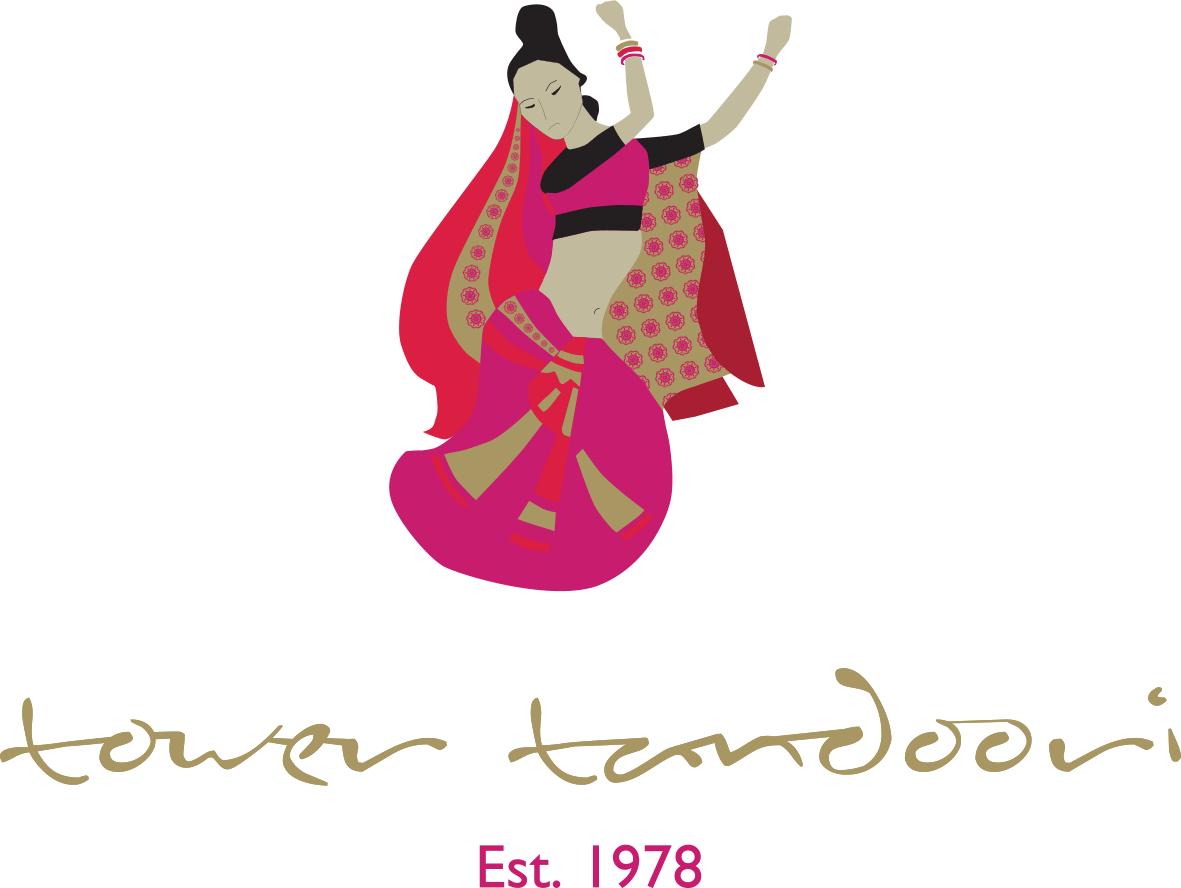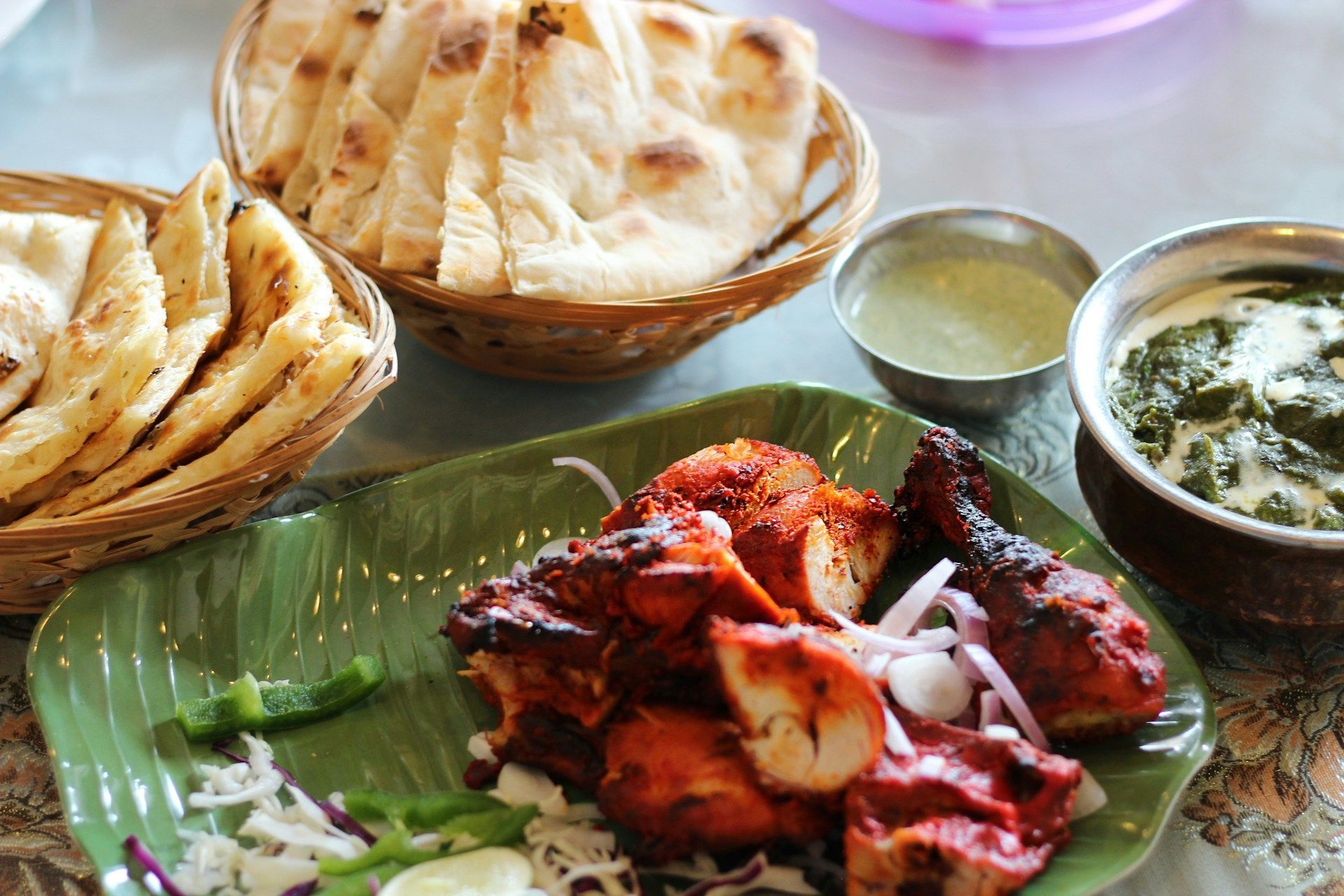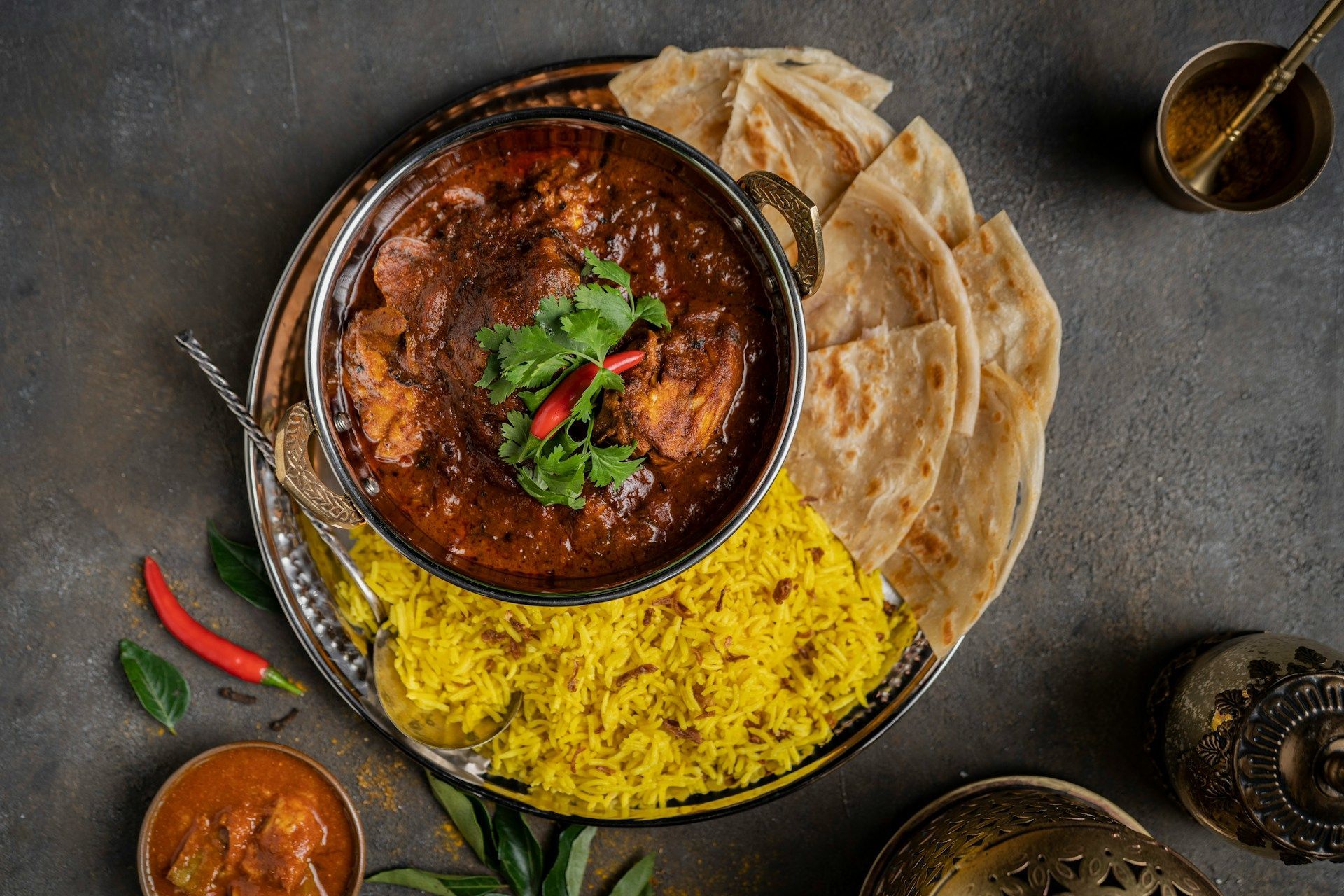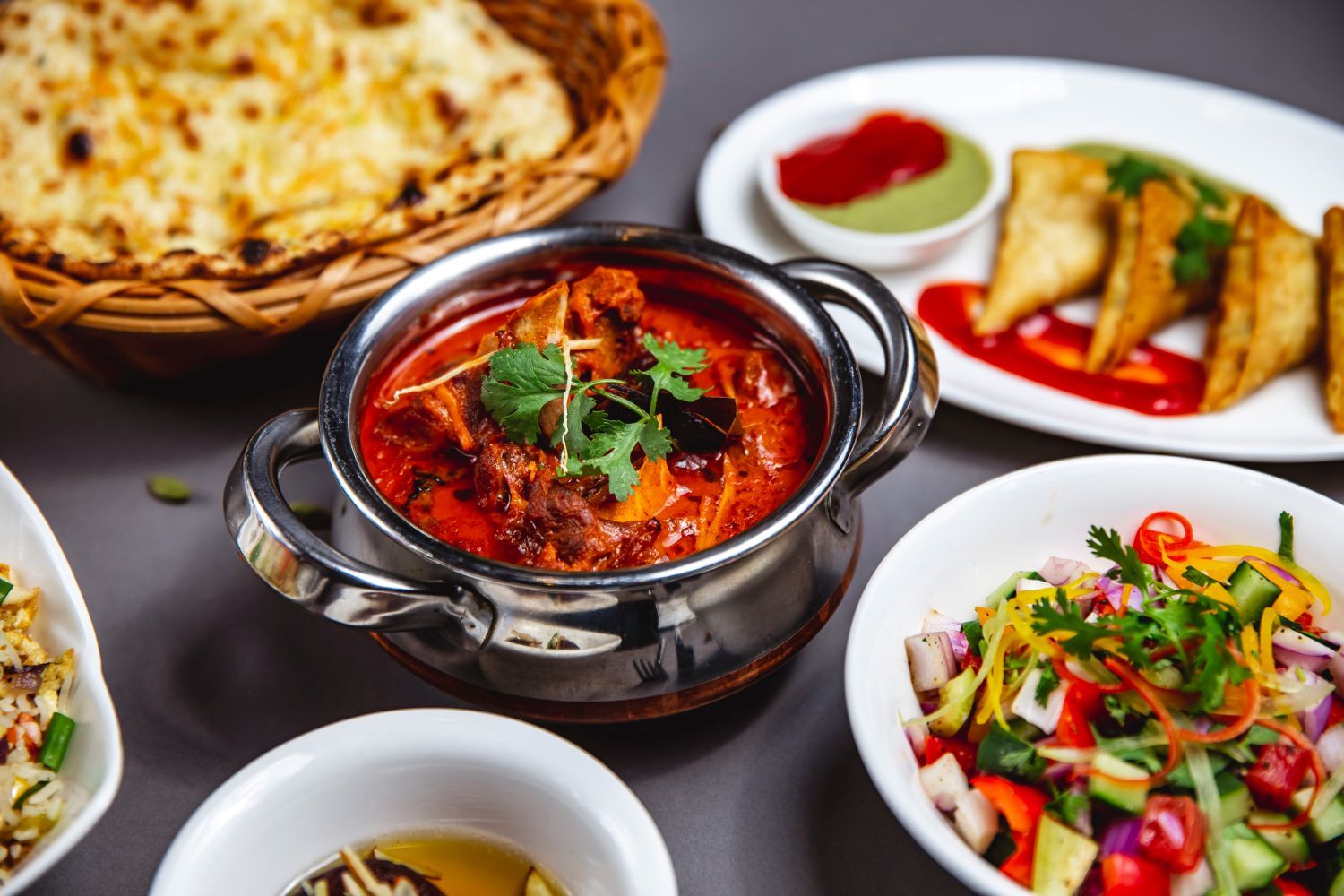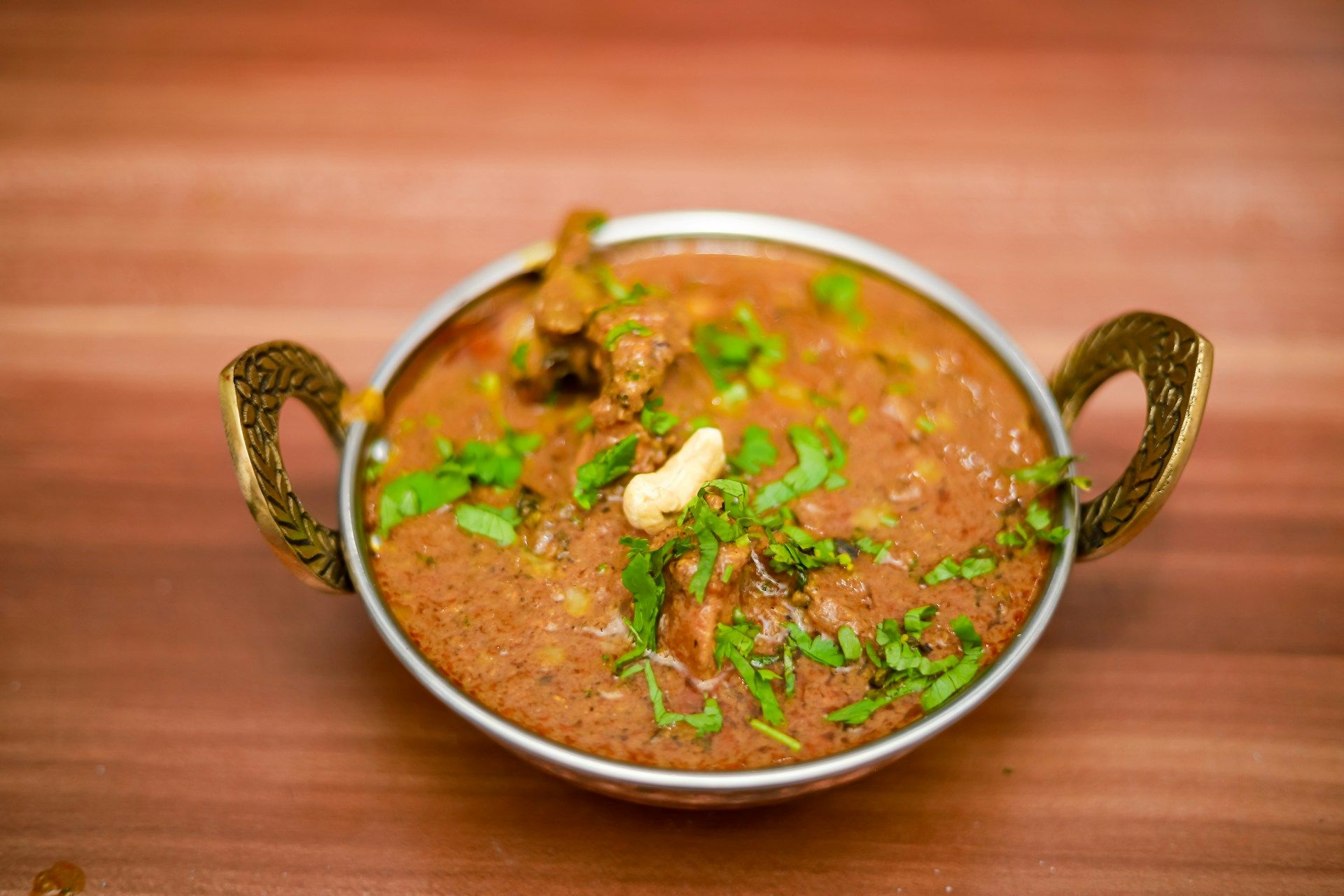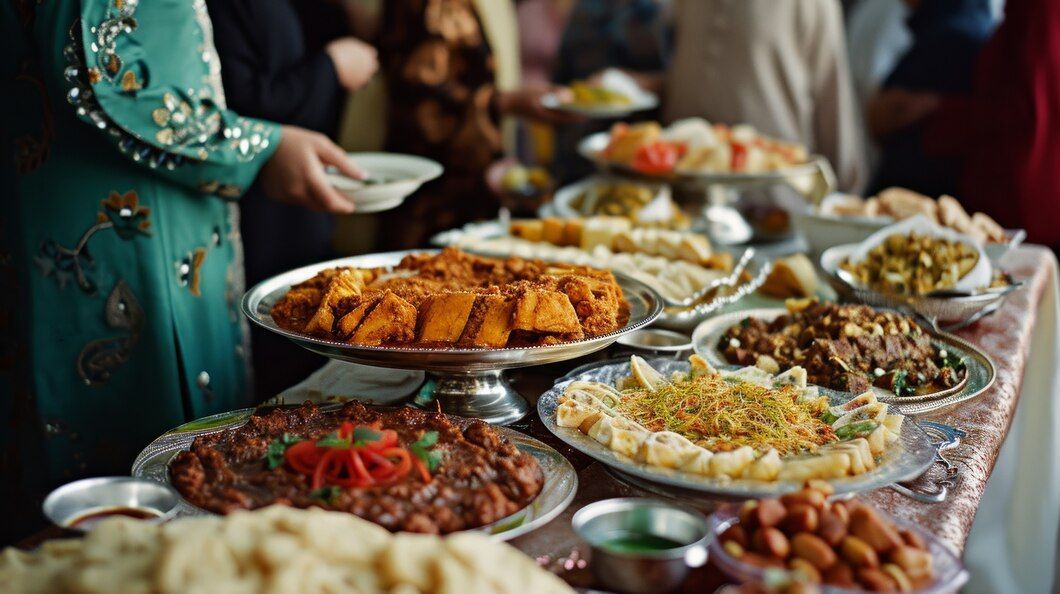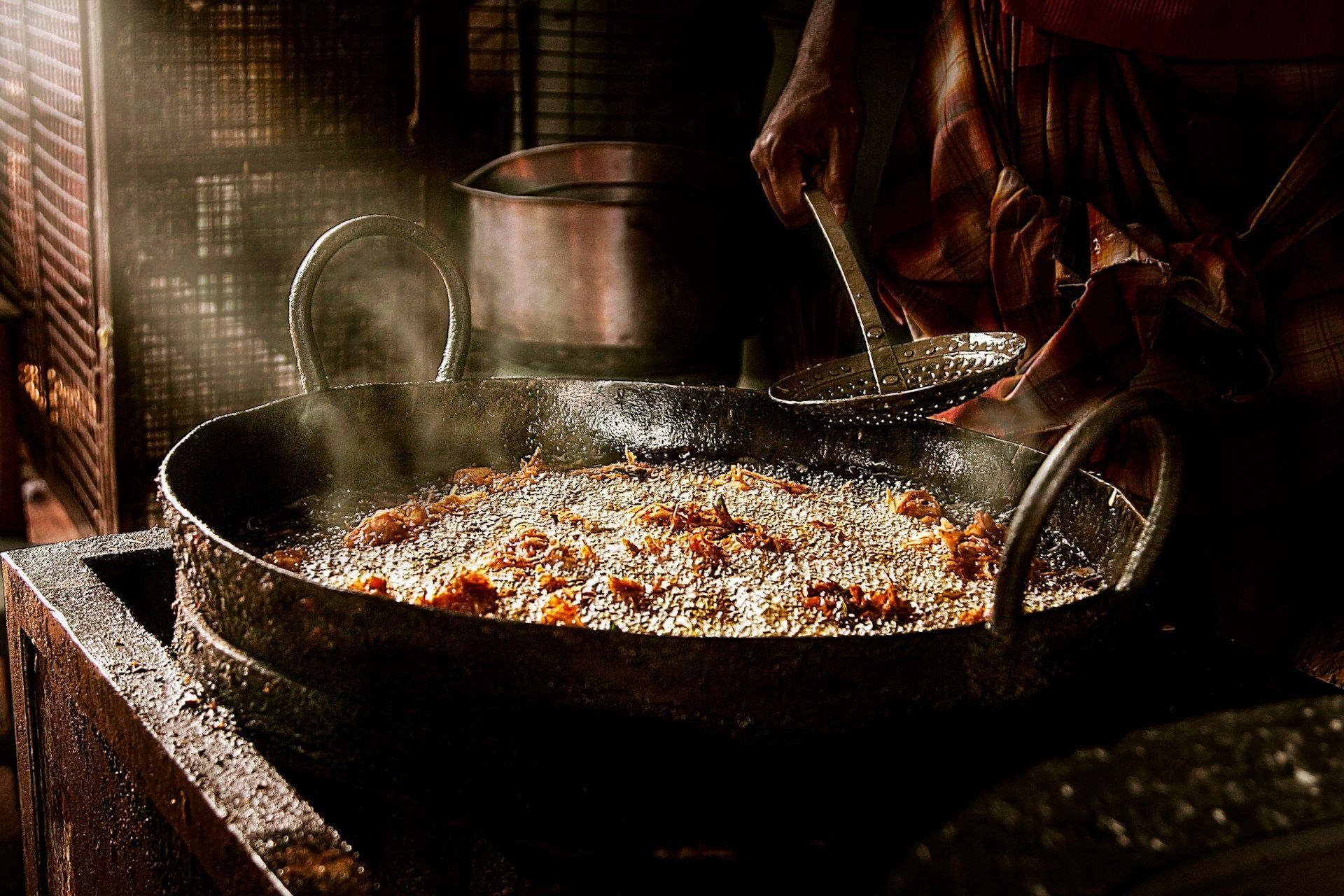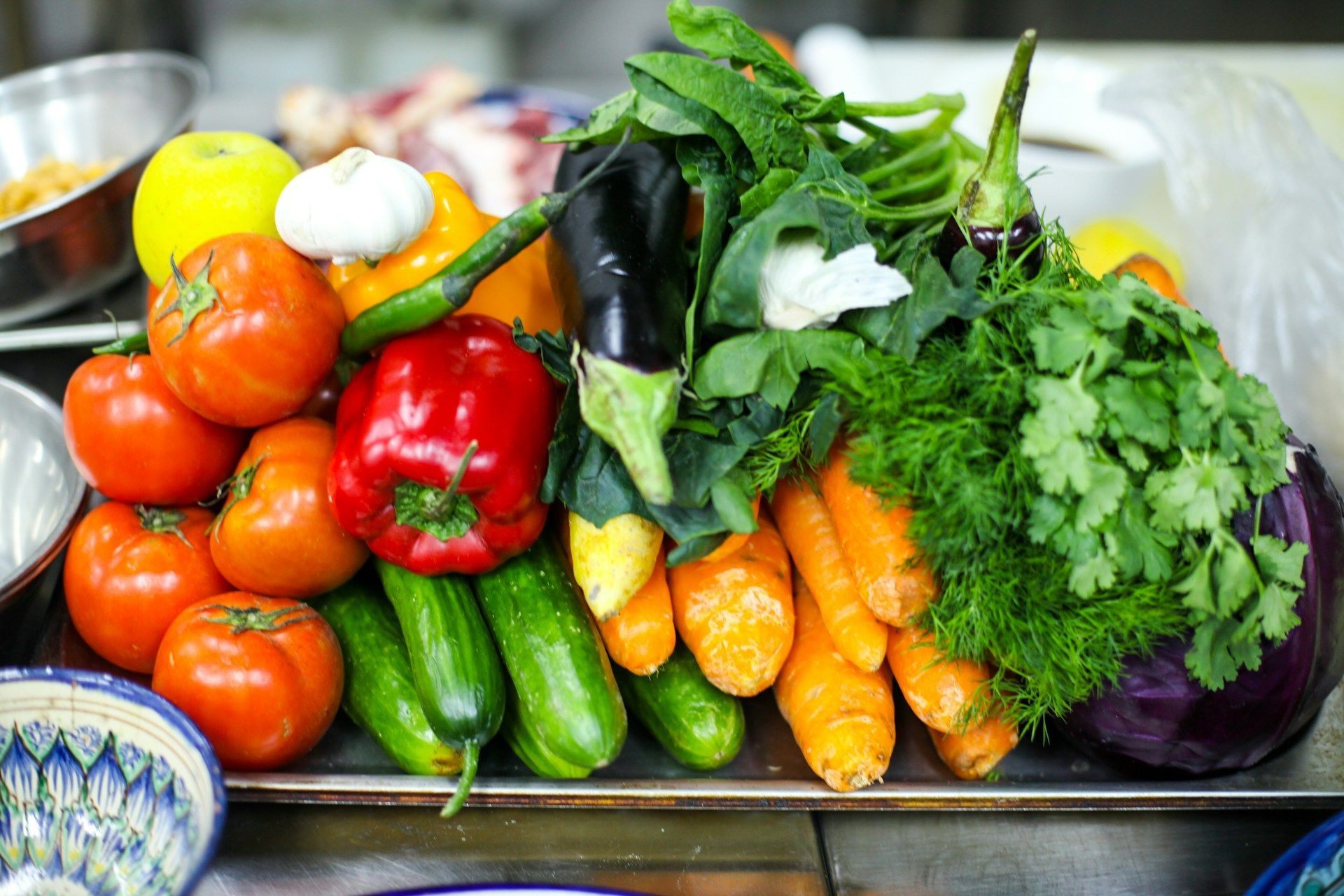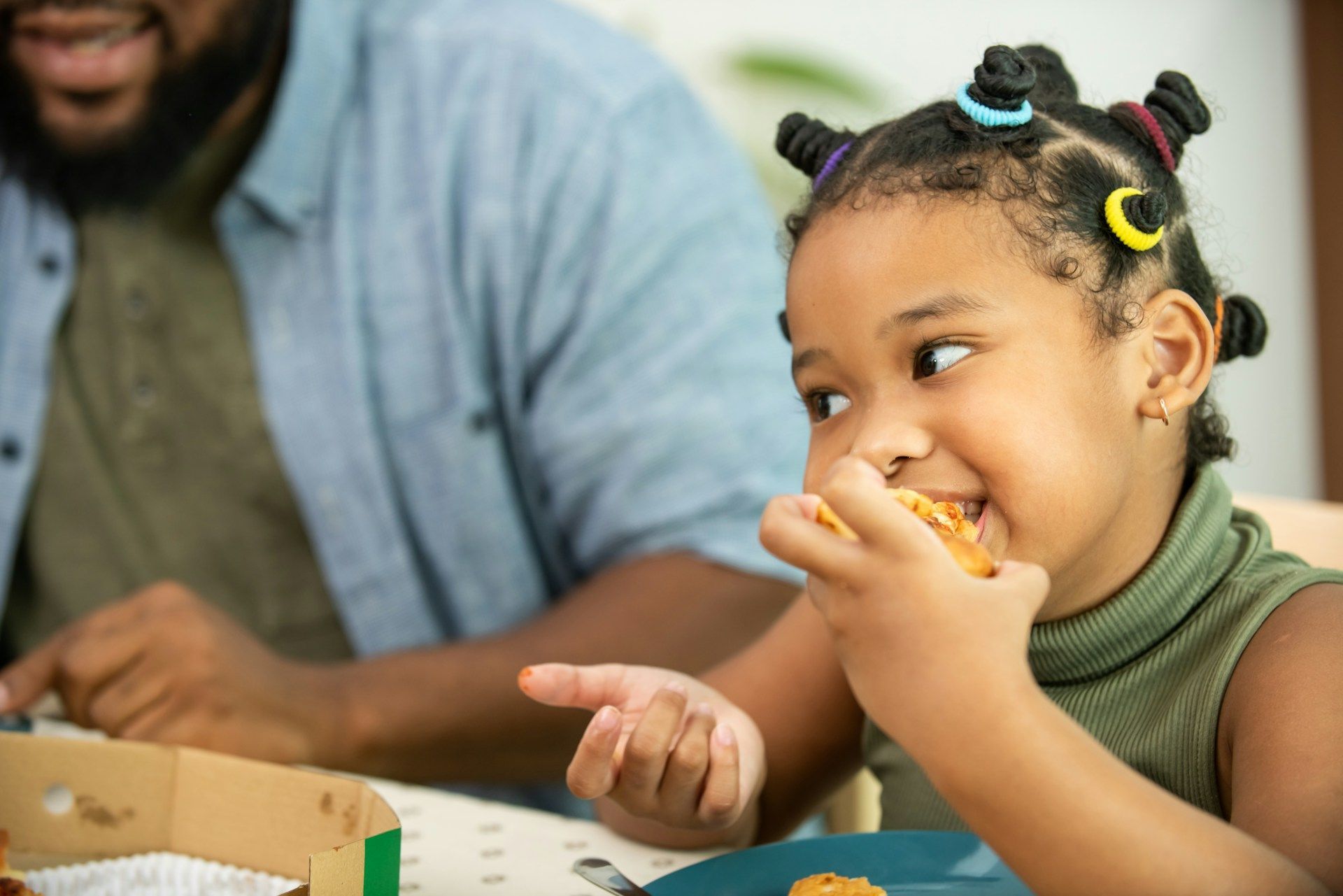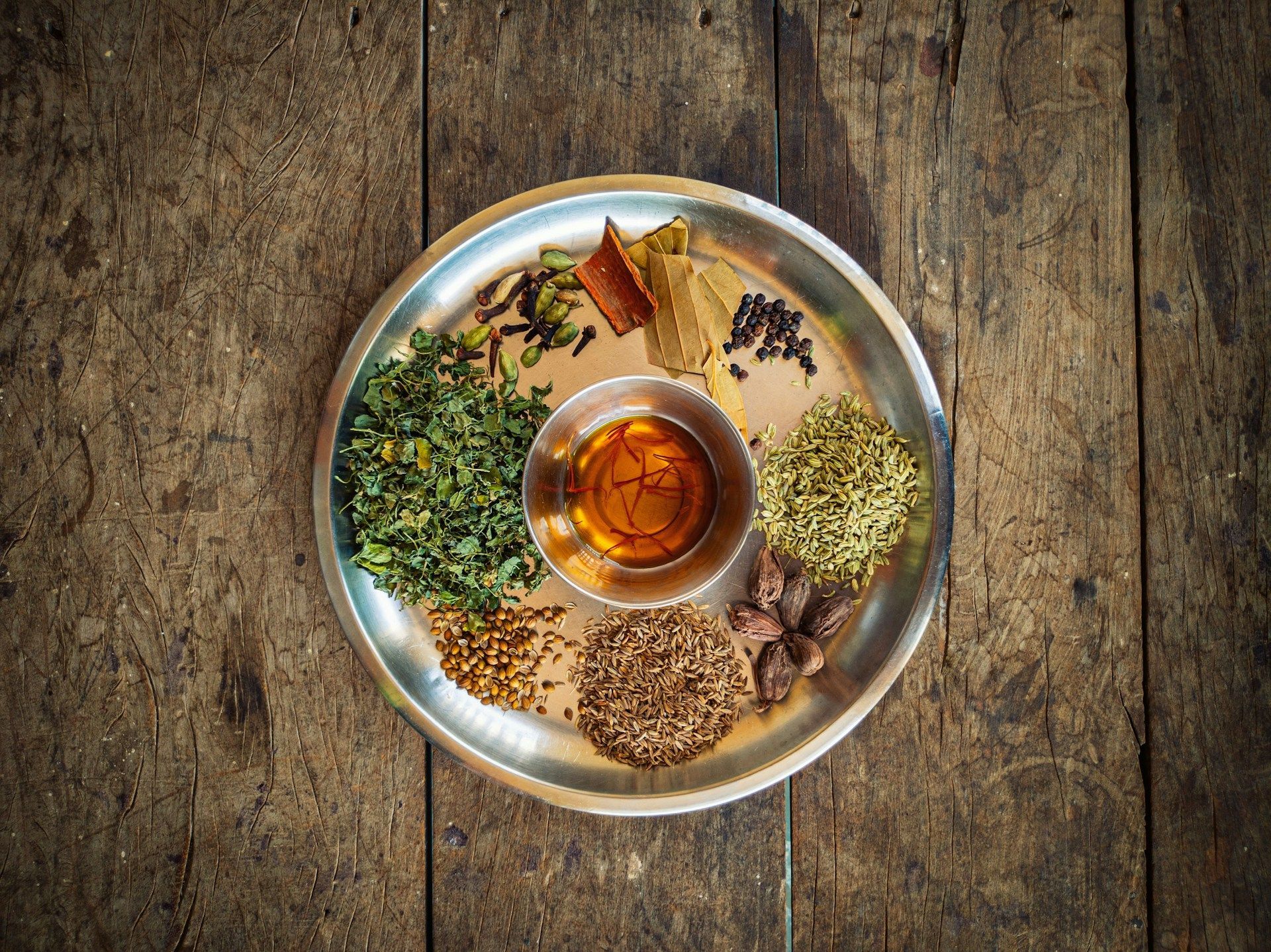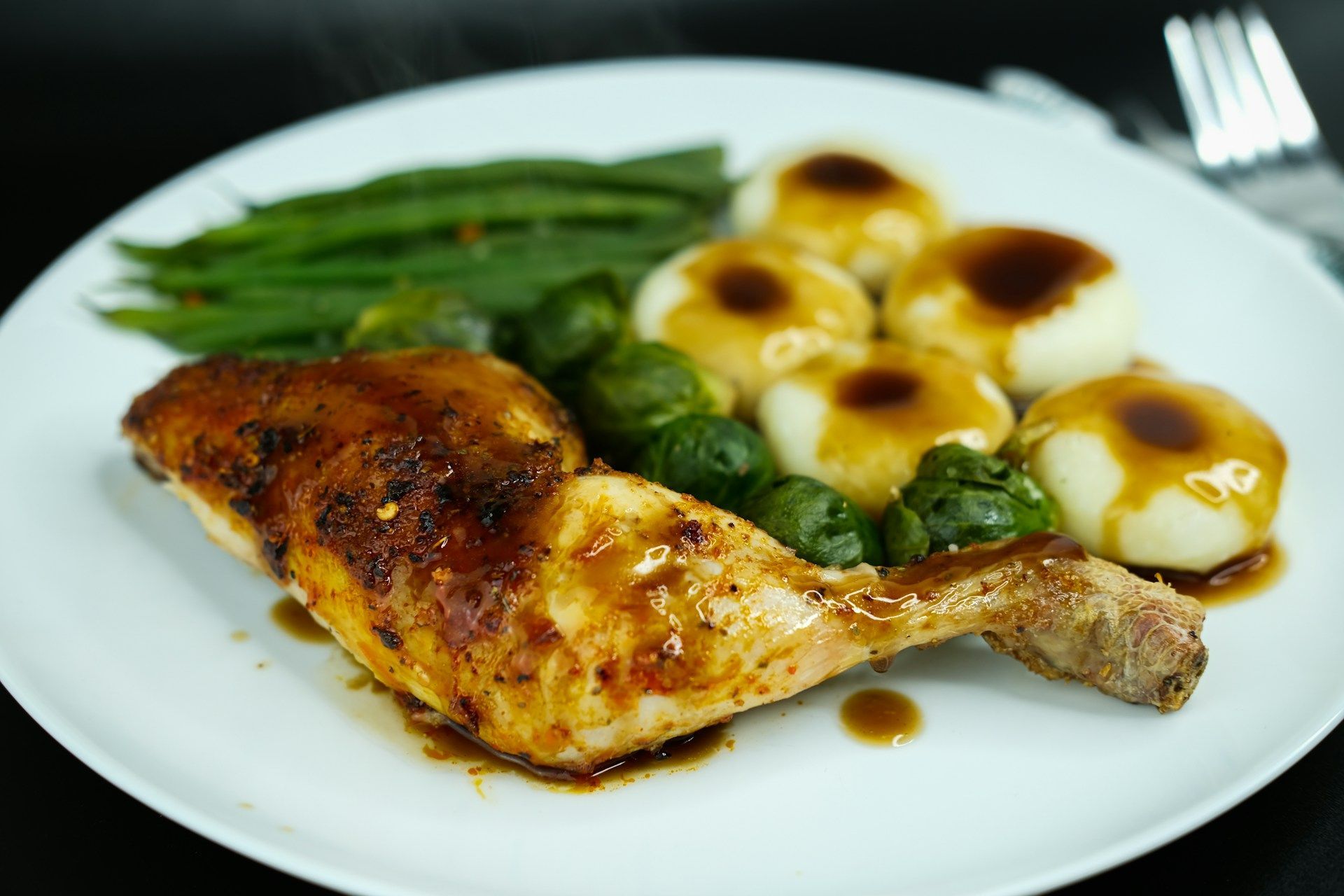A Historical Look at the Popuarity of Indian Cuisine in London
20 August 2020
This is a subtitle for your new post
As early as 1733, the Norris Street Coffee House in the London Haymarket has been serving curry dishes. This was because of the travelers and traders of the East India Company who wanted to recreate a piece of India. The dishes exploded in popularity, and by 1784, many restaurants in the Piccadilly area were serving curry and rice dishes.
The first restaurant that revolved solely around Indian cuisine only opened in 1810 near Portman Square in the Mayfair area. It was called the Hindoostane Coffee House, a restaurant owned by Sake Dean Mahomed, an army veteran who served at the East India Company as a trainee surgeon. He opened Hindoostane Coffee House because he wanted to allow locals to experience and grow to appreciate authentic Indian cuisine.
By the 1840s, various traders and sellers of Indian products were working very hard to campaign for the health benefits of curry. One such claim was that it aided in digestion and improved circulation. Its powerful flavors also made useful in the cooking and preparation of cold meat.
Less than a hundred years later, Chicken Tikka Masala was born in Glasgow, Scotland. It was the brainchild of a British-Pakistani chef who improvised it using a sauce made from yogurt, cream, and various spices. Though not born in South Asia, the dish definitely bears that signature South Asian flair, with a little touch of the British.
India and Queen Victoria
Queen Victoria’s fascination with India was quite well known. Osborne House on the Isle of Wight, which served as her private retreat, was where she kept and collected Indian furnishings, paintings, and other memorabilia. She even had a very public friendship with an Indian man named Abdul Karim, also known as the Munshi.
It was this same friend who introduced her to popular Indian dishes such as curry, dal, and pilau. And though the nature of their friendship was shrouded in mystery given the racial inequality that was strong around that time, it changed the course of history and Britain’s relationship with Indian culture forever.
In Modern Times
In 2001, the Foreign Secretary of Britain referred to chicken tikka as a true British dish. London has now become a veritable melting pot of different cultures, so much so that it has become a hotspot of Indian cuisine. Indian food is now just as much a part of London culture as anything else.
A testament to how integral curry and Indian cuisine has become for Londoners is the fact that it is a 5 billion-pound industry. Every October, residents of London from all backgrounds even come together to celebrate National Curry Week.
In Conclusion
Indian cuisine is robust and diverse, and a whole lifetime could not cover the complexities surrounding Indian food. As a staple of London culture, it should be considered an essential part of the British experience. After all, good food is what brings different cultures together. What better way to enjoy the UK than having a full belly of diverse and unique meals shared among people from different backgrounds?
And if you are looking for the best Indian food in London, give Tower Tandoori a call. We have the finest Indian dishes, and have been serving Londoners for over four decades.
